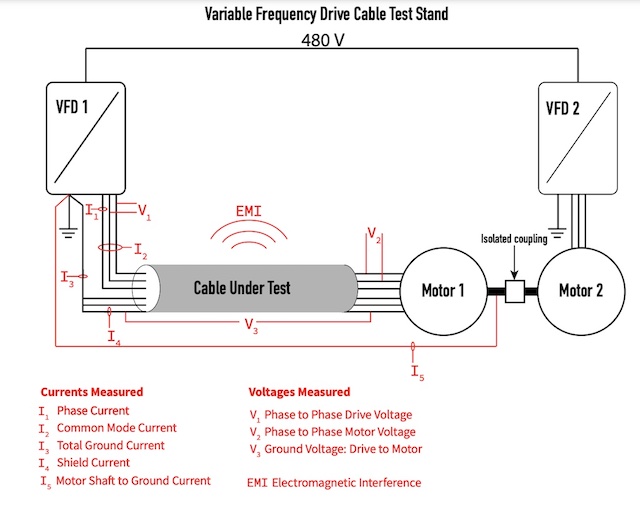Think of the output conductors of a VFD as being a powerful local FM (Frequency Modulation) radio transmitting antenna for a really boring station. It is bleeding EMI and RFI into the surrounding area. You need shielding in some form, so if you use PVC conduit, there is zero shielding and you need the shielded VFD cable and the shield needs to be grounded at BOTH ends. The same would be true of any non-metallic raceway (or in the case of cable tray, no raceway).
If the conduit is METAL** and you have ONE VFD output per conduit, then IMHO VFD cable is not as necessary. The reason why all of the installation manuals say to use VFD cable is because outside of North America, metal conduit is rarely used. So it’s a safer default to just use it.
But yes, if you use metal conduit on one VFD output, you want XLPE insulation, which is what you get with XHHW (or RHH/RHW). THHN/WN uses PVC insulation which can have microscopic bubbles that allow standing wave phase-to-phase voltage spikes to break through. I’ve seen it multiple times. It doesn’t happen in every situation, but you don’t know when it will.
**Properly GROUNDED metal conduit.


